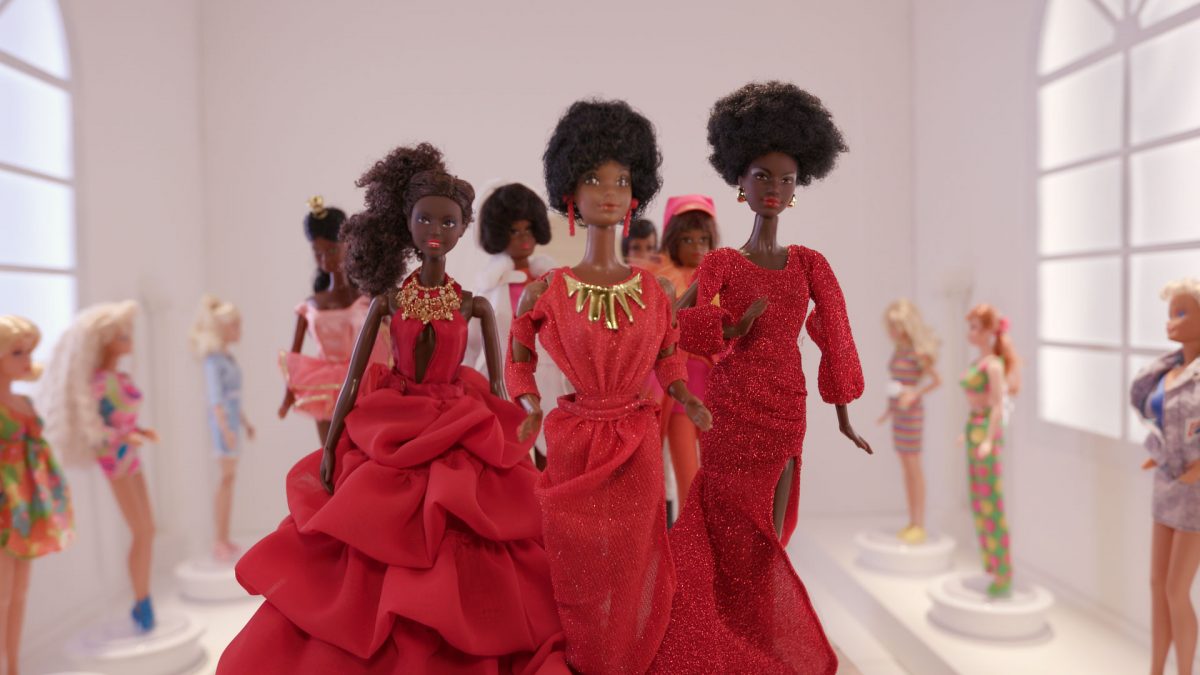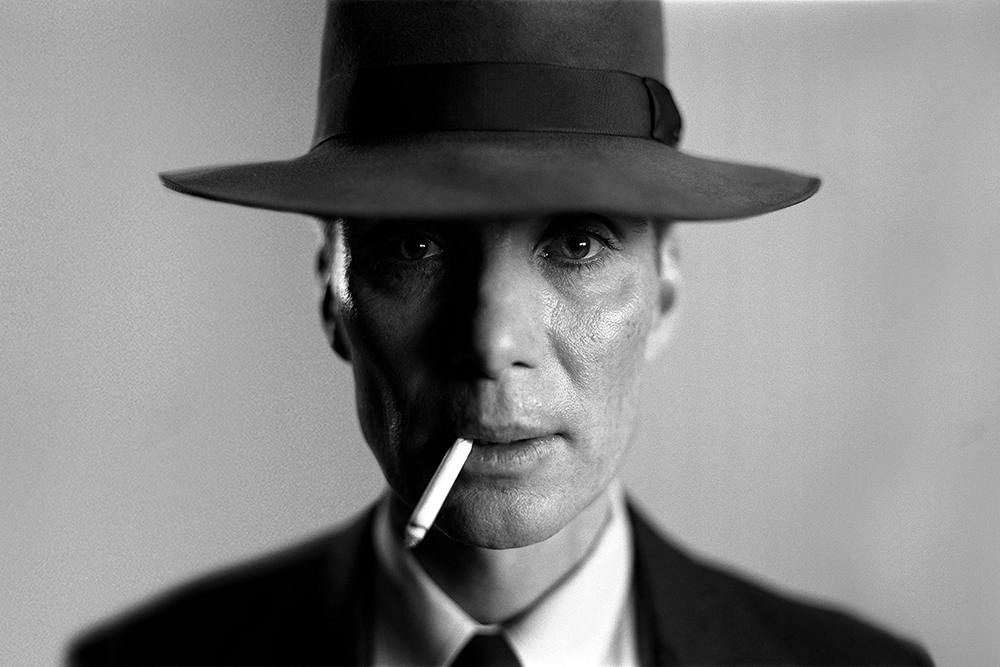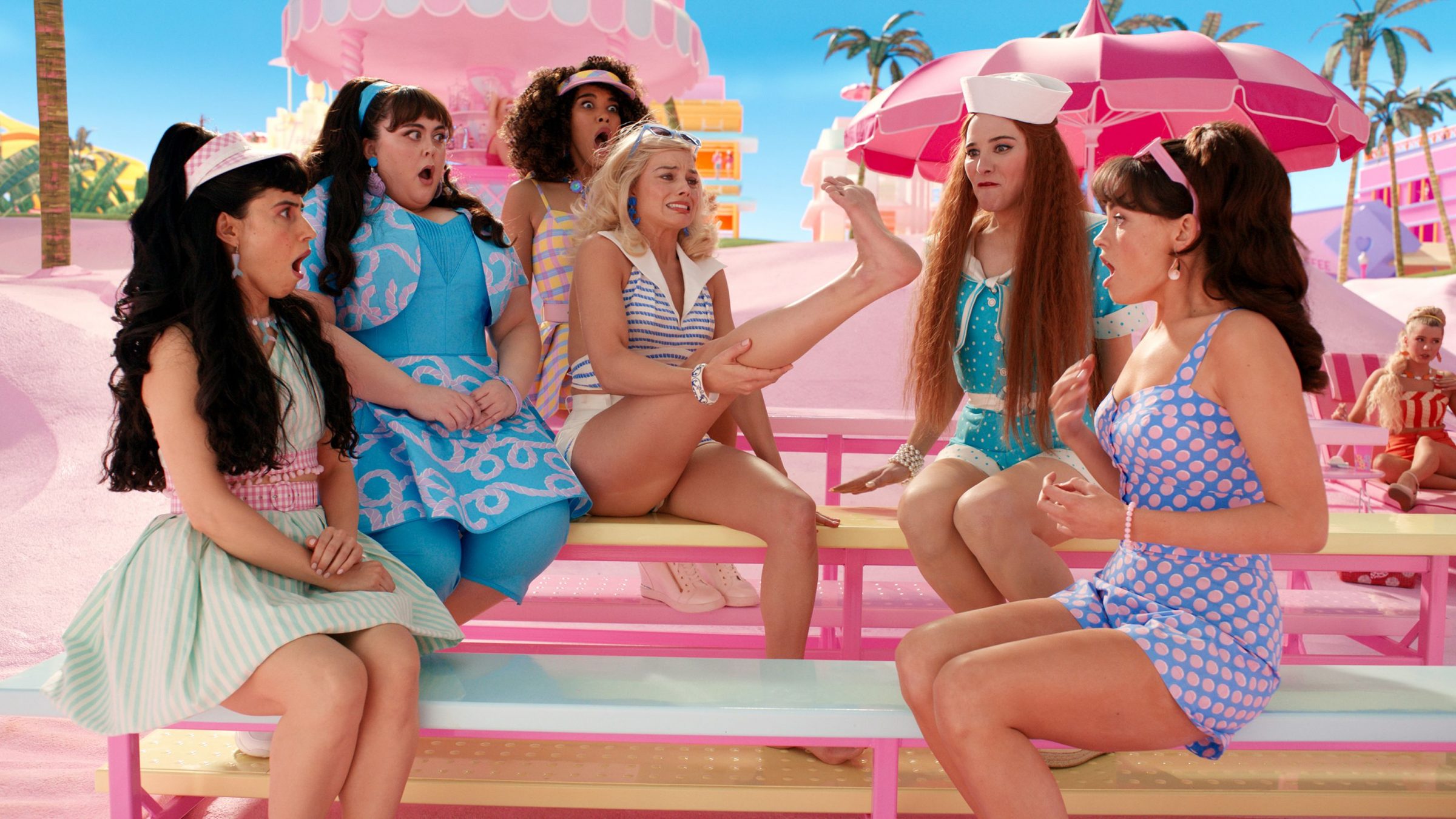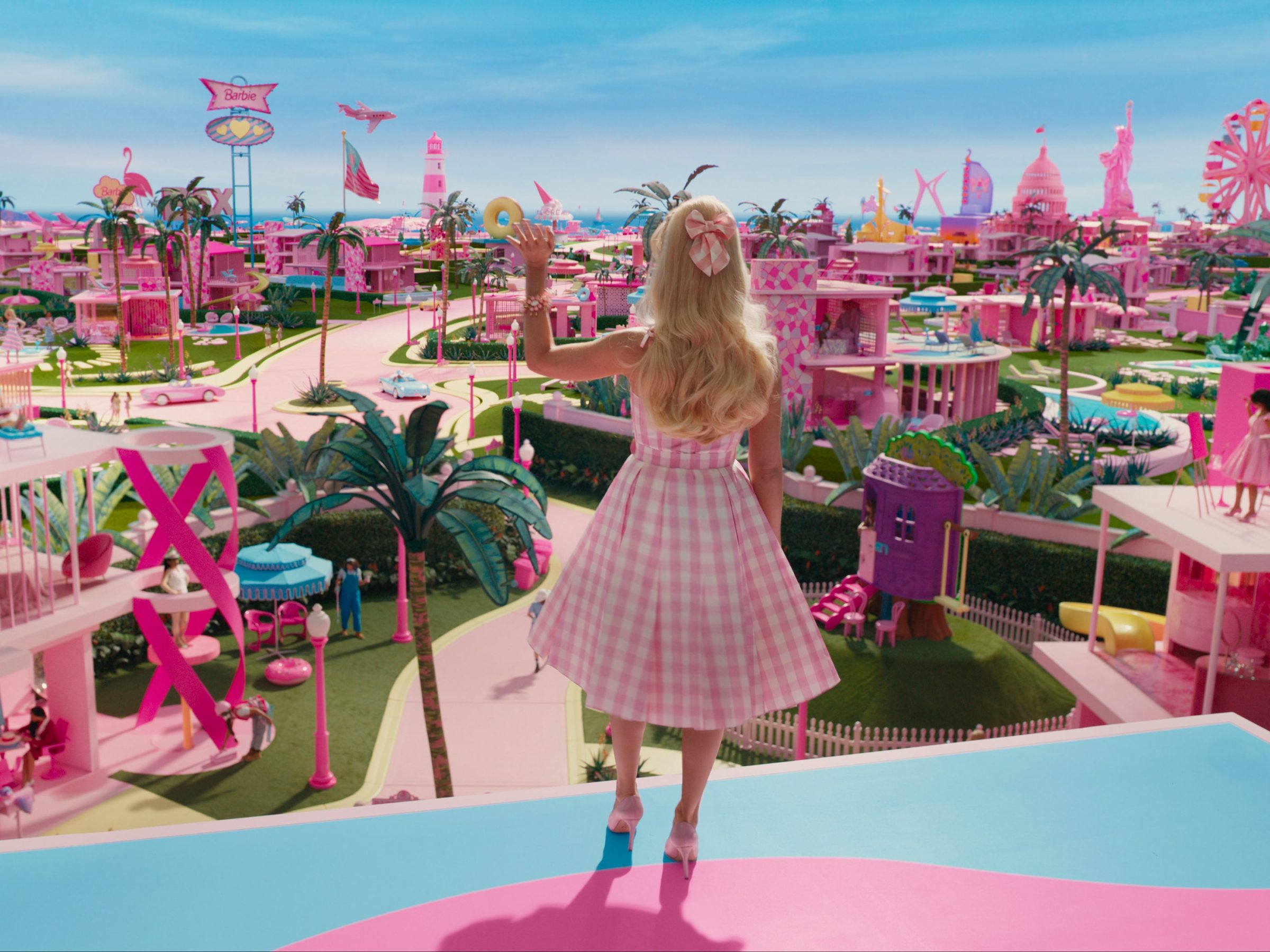The 89 members of the Southeastern Film Critics Association (SEFCA) have named Oppenheimer as the best film of 2024 in their annual poll.
“2023 will be remembered by many as the year that featured the commercial, critical, and cultural phenomenon known as Barbenheimer,” says SEFCA Vice President Jim Farmer. But it was also a season that offered a stunning amount of high-quality films, with master filmmakers near the top of their games, fresher faces making strong impressions, and performers showing new dimensions. It was a pleasure to take in all that 2023 had to offer.”
Oppenheimer proved to be an overwhelming favorite with the critics, who awarded Christopher Nolan Best Director laurels. The entire acting ensemble was honored, Cillian Murphy earned Best Actor for his portrayal of the father of the atomic bomb, and Robert Downey Jr. won Best Supporting Actor. Hoyt Van Hoytema was recognized for Best Cinematography, and Ludwig Goransson for Best Score.
“This fall featured three big films from three grandmasters of cinema,” says SEFCA President Scott Phillips. “Martin Scorsese released Killers of the Flower Moon. Ridley Scott brought
Napoleon to the big screen and Michael Mann hits theaters next week with Ferrari. Despite this bumper crop from heavy-hitting auteurs, Christopher Nolan’s film from six months ago is walking away with eight SEFCA awards. Oppenheimer is a stunning cinematic achievement. Our members recognized that in July, and they are rewarding it in December.”
Here is the complete slate of 2023 awards from SEFCA:
Top 10 Films of 2023
- Oppenheimer
- Killers of the Flower Moon
- The Holdovers
- Past Lives
- Barbie
- Poor Things
- American Fiction
- Spider-Man: Across the Spider-Verse
- Anatomy of a Fall
- The Zone of Interest
Best Actor
Cillian Murphy, Oppenheimer
Best Actress
Lily Gladstone, Killers of the Flower Moon
Best Supporting Actor
Robert Downey, Jr., Oppenheimer
Best Supporting Actress
Da’Vine Joy Randolph, The Holdovers
Best Ensemble
Oppenheimer
Best Director
Christopher Nolan, Oppenheimer
Best Original Screenplay
David Hemingson, The Holdovers
Best Adapted Screenplay
Christopher Nolan, Oppenheimer
Best Animated Film
Spider-Man: Across the Spider-Verse
Best Documentary
Still: A Michael J. Fox Movie
Best Foreign-Language Film
Anatomy of a Fall
Best Cinematography
Hoyt Van Hoytema, Oppenheimer
Best Score
Ludwig Goransson, Oppenheimer







